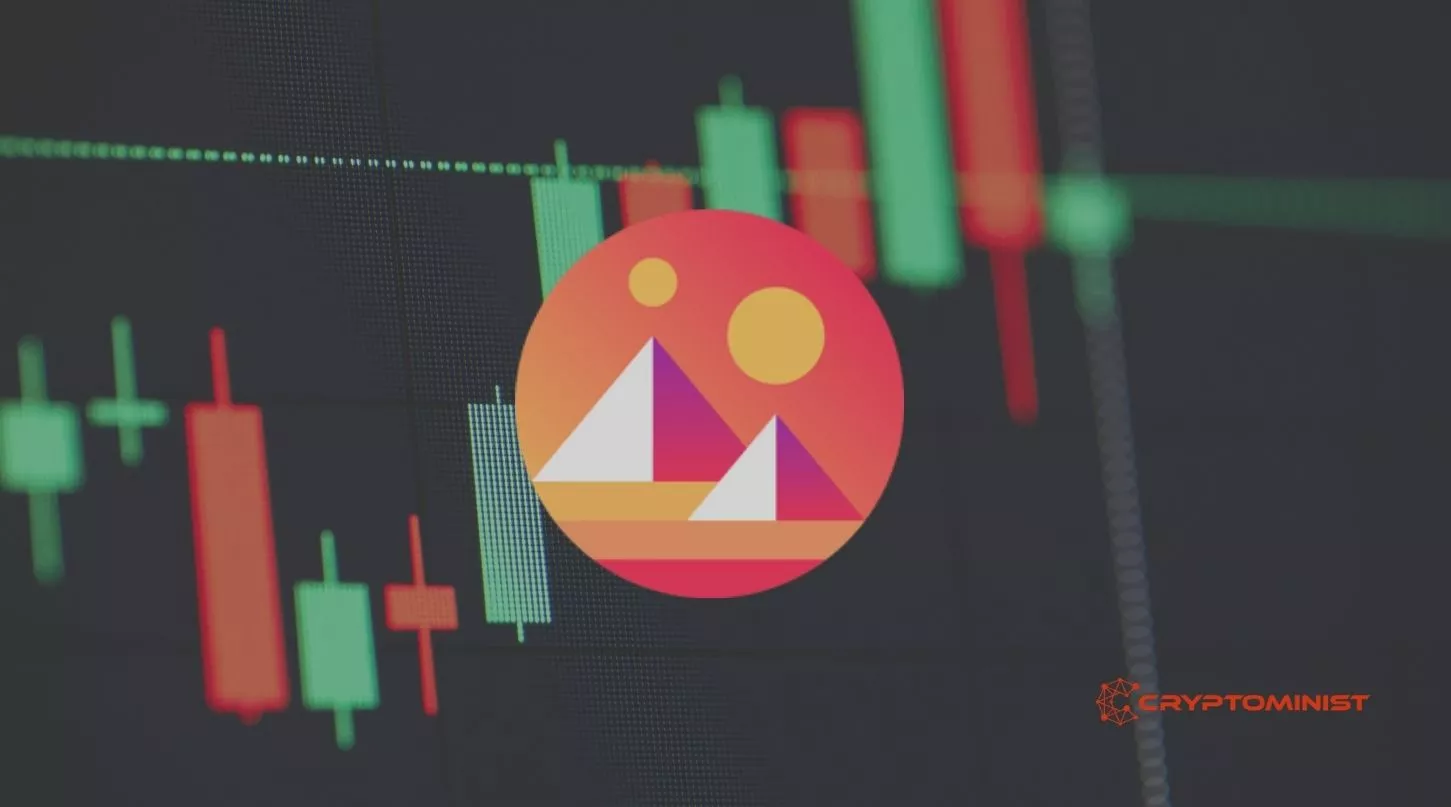Decentraland, often abbreviated as MANA, is an innovative and immersive virtual reality platform that is pushing the boundaries of digital interaction. This article delves into the world of Decentraland, exploring its concept, technology, unique features, and the broader implications it carries in the era of the metaverse.
What is Decentraland?

Decentraland is a decentralized, blockchain-based virtual world that offers users the opportunity to create, explore, and monetize content and applications. Launched in 2017 by Ari Meilich and Esteban Ordano, Decentraland has gained prominence as one of the pioneering projects in the emerging metaverse space. The platform is powered by two primary components: LAND and MANA.
- LAND: This is the digital real estate of Decentraland. These parcels of virtual land are represented as non-fungible tokens (NFTs) on the Ethereum blockchain. LANDowners have complete control over their plots, allowing them to develop, trade, and monetize the content on their land.
- MANA: MANA is the native cryptocurrency of Decentraland. It is used for various in-world transactions, including the purchase of LAND, goods, and services. MANA can be traded on various cryptocurrency exchanges and can also be earned through activities within the Decentraland ecosystem.
How Decentraland Works
Decentraland operates on a peer-to-peer network, leveraging blockchain technology to provide ownership, scarcity, and transparency. Here’s a simplified overview of how Decentraland functions:
- Ownership and Scarcity: Each LAND parcel in Decentraland is a provably scarce digital asset stored as an NFT on the Ethereum blockchain. This ownership model ensures that users have control and proven ownership of their digital real estate.
- Metaverse Protocol: Decentraland uses a decentralized protocol called the Metaverse to govern interactions and transactions within its virtual world. Smart contracts manage land ownership, transactions, and interactions among users.
- Monetization: LANDowners can monetize their virtual real estate by creating and hosting various experiences, content, and applications on their parcels. This can include anything from art galleries and games to virtual shops and entertainment venues.
- User Experience: Users access Decentraland through a web browser or dedicated virtual reality (VR) headsets. They can explore different parcels, interact with other users, participate in activities, and make transactions using MANA.
Decentraland’s Features and Ecosystem
Decentraland offers several unique features that contribute to its appeal and relevance in the metaverse landscape:
1. User-Created Content:
Decentraland empowers users to build their virtual experiences, fostering a creative and collaborative environment. This content can range from art installations and games to social hubs and educational spaces.
2. Virtual Economy:
The platform boasts a thriving virtual economy where users can monetize their creations, host events, and participate in the exchange of digital assets. The virtual real estate market is particularly noteworthy, with LAND parcels often selling for substantial sums.
3. Social Interactions:
Decentraland encourages social interactions by hosting events, conferences, and gatherings within the virtual world. This social aspect distinguishes it from other virtual reality experiences.
4. Cross-Platform Accessibility:
Users can access Decentraland through various devices, from traditional web browsers to VR headsets, making it accessible to a broad audience.
5. Gaming and Entertainment:
The platform includes interactive games, experiences, and entertainment venues, offering a multifaceted metaverse experience.
Implications of Decentraland
Decentraland represents the vanguard of metaverse development, and its implications extend far beyond the digital realm:
- Ownership in the Digital Age: Decentraland introduces the concept of true ownership of digital assets, establishing a secure and transparent method for users to have provable ownership of their virtual real estate.
- Monetization Opportunities: It offers new revenue streams for creators, artists, and entrepreneurs who can monetize their virtual creations and services.
- Metaverse Potential: The platform’s growth and success highlight the burgeoning metaverse trend, where virtual and physical worlds are converging, leading to a new era of digital interaction.
- Virtual Reality’s Evolution: Decentraland’s ability to integrate with VR headsets positions it at the forefront of virtual reality’s evolution, bridging the gap between VR and blockchain.
- Blockchain Integration: The project underscores the potential of blockchain technology in various sectors, especially when combined with virtual reality and digital ownership.
Challenges and Considerations
Despite its innovative approach, Decentraland faces several challenges, including:
- Scalability: As user adoption grows, ensuring scalability while maintaining the decentralized and user-controlled nature of the platform will be a major challenge.
- Regulatory Uncertainty: The intersection of blockchain technology and virtual assets can raise complex legal and regulatory issues, and Decentraland must navigate these challenges.
- Competition: The metaverse space is highly competitive, with major tech companies and other startups entering the arena. Decentraland must continue to innovate and expand to stay ahead.
Conclusion
Decentraland is a groundbreaking project at the crossroads of blockchain technology and virtual reality, offering users the freedom to create, own, and monetize their digital experiences. Its success underscores the growing importance of the metaverse and blockchain in shaping the future of digital interaction and ownership. As the virtual world continues to evolve, Decentraland serves as a compelling gateway to this exciting and immersive frontier.
If you like reading the above article, you may also like reading:
WHAT IS KYBER NETWORK CRYSTAL?







